Home>Furniture & Design>Outdoor Furniture>How To Build An Outdoor Toilet
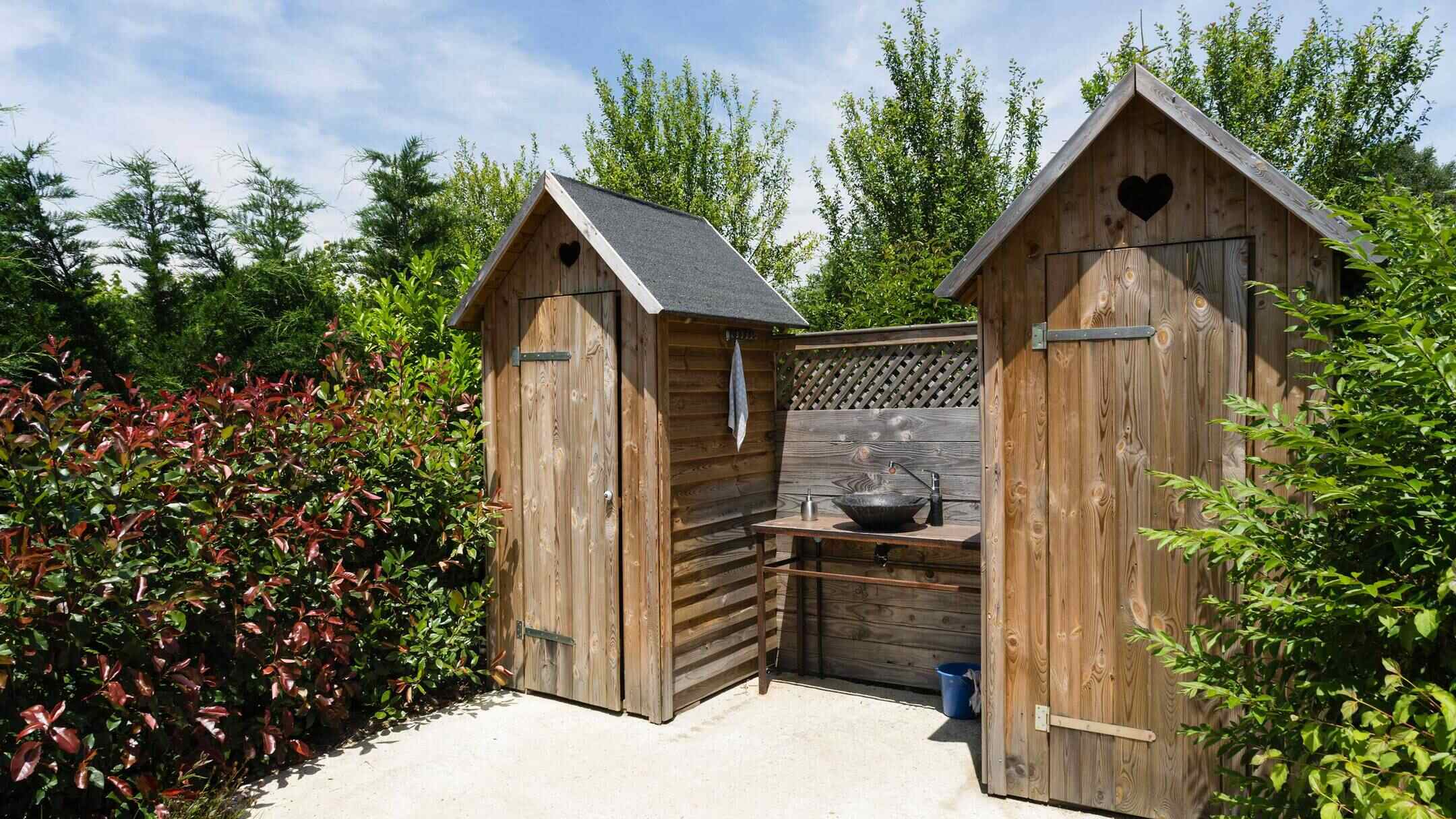

Outdoor Furniture
How To Build An Outdoor Toilet
Modified: August 27, 2024
Learn how to build an outdoor toilet with our expert tips and ideas for outdoor furniture and design. Create a functional and stylish outdoor space today!
(Many of the links in this article redirect to a specific reviewed product. Your purchase of these products through affiliate links helps to generate commission for Storables.com, at no extra cost. Learn more)
Introduction
When it comes to outdoor adventures, having a well-designed outdoor toilet can significantly enhance the overall experience. Whether you're camping, hosting a backyard event, or simply enjoying your outdoor space, a thoughtfully constructed outdoor toilet can provide comfort and convenience. In this comprehensive guide, we will delve into the essential steps and considerations for building an outdoor toilet that is functional, hygienic, and environmentally responsible.
From choosing the ideal location to implementing effective waste disposal solutions, every aspect of the process will be thoroughly explored. By the end of this guide, you will have a clear understanding of how to create an outdoor toilet that meets your specific needs while minimizing its impact on the surrounding environment. Let's embark on this journey to discover the art of crafting a practical and sustainable outdoor toilet.
Key Takeaways:
- Building an outdoor toilet involves careful location selection, durable material gathering, and precise structure construction. It’s essential to prioritize hygiene, sustainability, and user comfort for a positive outdoor experience.
- Effective waste disposal, regular maintenance, and user education are crucial for preserving the functionality and cleanliness of an outdoor toilet. By embracing responsible practices, we can harmonize human needs with environmental stewardship.
Read more: How To Build Outdoor Furniture
Choosing the Right Location
Before embarking on the construction of an outdoor toilet, selecting the optimal location is crucial for ensuring both functionality and environmental responsibility. Here are key considerations for choosing the right location:
- Privacy and Accessibility: The chosen location should offer privacy while remaining easily accessible to those who will be using the toilet. Consider the proximity to the main activity areas and ensure that it is not too far from the central gathering space.
- Drainage and Soil Composition: Assess the natural drainage patterns of the area to avoid potential waterlogging issues. Additionally, evaluate the soil composition to ensure it is suitable for accommodating the waste disposal system.
- Distance from Water Sources: To prevent contamination and environmental harm, the outdoor toilet should be situated at a safe distance from any water sources such as rivers, streams, or wells.
- Natural Wind Patterns: Understanding the prevailing wind direction can aid in strategic placement to minimize odors and enhance ventilation. Positioning the toilet downwind from the main activity areas can help disperse any odors effectively.
- Landscaping and Aesthetics: Integrate the outdoor toilet into the natural landscape, considering factors such as existing vegetation and visual aesthetics. By harmonizing the structure with the surroundings, it can blend seamlessly into the outdoor environment.
By carefully evaluating these factors, you can identify the most suitable location for your outdoor toilet, setting the stage for the subsequent construction and implementation phases.
Gathering Materials
Once the location for the outdoor toilet is determined, the next step involves gathering the necessary materials for construction. The choice of materials will not only influence the durability and functionality of the structure but also contribute to its overall environmental impact. Here’s a comprehensive list of materials to consider:
- Structural Components: Select durable and weather-resistant materials for the main structure, such as treated lumber, composite wood, or metal framing. These materials should be able to withstand outdoor conditions and provide a stable framework for the toilet.
- Siding and Cladding: Choose exterior cladding materials that offer protection against the elements while complementing the outdoor surroundings. Options may include weatherproof vinyl siding, cedar panels, or eco-friendly composite cladding.
- Roofing Materials: Opt for a reliable roofing material, such as metal roofing panels or asphalt shingles, to ensure proper shelter and weatherproofing for the outdoor toilet.
- Toilet Fixture: Select a high-quality outdoor-rated toilet fixture that is designed for durability and easy maintenance. Look for water-efficient models that align with sustainable practices.
- Ventilation System: Gather materials for an effective ventilation system, including PVC piping, vent caps, and a small exhaust fan to promote air circulation and minimize odors within the toilet structure.
- Interior Finishes: Consider interior finishes that are moisture-resistant and easy to clean, such as marine-grade plywood for walls and ceramic tiles for the flooring.
- Hardware and Fasteners: Ensure the use of corrosion-resistant hardware and fasteners, such as stainless steel screws and galvanized nails, to maintain the structural integrity of the outdoor toilet.
- Environmental Considerations: Whenever possible, prioritize eco-friendly and sustainable materials, such as reclaimed wood, recycled composite products, and low-VOC finishes, to minimize the environmental footprint of the construction.
By thoughtfully sourcing these materials, you can lay the foundation for a well-constructed outdoor toilet that embodies durability, functionality, and environmental mindfulness.
Building the Structure
Constructing the structure of an outdoor toilet requires careful planning and precise execution to ensure its functionality, durability, and aesthetic appeal. The following steps outline the process of building the essential framework for the outdoor toilet:
- Foundation and Flooring: Begin by establishing a solid foundation, whether it involves pouring a concrete slab or laying treated lumber supports on a gravel base. Ensure level ground and proper drainage to prevent moisture-related issues. Subsequently, install the flooring material, such as water-resistant plywood or ceramic tiles, to create a durable and easy-to-clean surface.
- Frame Construction: Build the frame of the outdoor toilet using the selected structural components, following the predetermined design and measurements. Assemble the walls, ensuring proper bracing and reinforcement, and incorporate openings for windows and ventilation.
- Roofing Installation: Once the frame is in place, proceed with installing the selected roofing material to provide weather protection and structural integrity. Properly seal the roof to prevent water infiltration and ensure long-term durability.
- Exterior Cladding: Apply the chosen exterior cladding material to the walls, ensuring a secure and weather-resistant enclosure for the outdoor toilet. Pay attention to proper insulation and sealing to enhance energy efficiency and climate control.
- Fixture Integration: Install the outdoor-rated toilet fixture according to the manufacturer’s guidelines, ensuring a secure and functional connection to the waste disposal system. Consider incorporating a handwashing station with a water-efficient faucet and a small countertop if space allows.
- Interior Finishing Touches: Complete the interior finishes, such as painting or sealing the walls, and installing any additional functional elements, such as shelving or hooks for hanging essentials. Ensure that all interior surfaces are easy to clean and maintain.
- Final Inspections: Conduct thorough inspections of the structure to verify its structural integrity, waterproofing, and overall functionality. Address any potential issues and make necessary adjustments before proceeding to the next phases of the outdoor toilet construction.
By following these steps with precision and attention to detail, you can create a well-constructed outdoor toilet that meets the desired standards of durability, functionality, and visual appeal.
Adding the Toilet Seat
Once the structural framework of the outdoor toilet is in place, the installation of a suitable toilet seat is a crucial step in ensuring comfort and functionality. Consider the following guidelines when adding the toilet seat to the outdoor toilet:
- Seat Selection: Choose a toilet seat that is specifically designed for outdoor or rugged environments, ensuring durability and resistance to weathering. Look for materials such as high-impact plastic or stainless steel that can withstand exposure to the elements.
- Secure Installation: Ensure that the toilet seat is securely attached to the toilet fixture, following the manufacturer’s instructions for proper installation. Use corrosion-resistant hardware to prevent deterioration over time.
- Comfort and Ergonomics: Prioritize user comfort by selecting a toilet seat with ergonomic design features, such as a contoured shape and a smooth, easy-to-clean surface. Consider the needs of all potential users to accommodate diverse preferences.
- Weather Protection: Implement measures to protect the toilet seat from weather-related damage, such as exposure to UV rays and moisture. Consider incorporating a hinged lid to keep the seat clean and shielded from the elements when not in use.
- Accessibility and Inclusivity: Ensure that the toilet seat height and design cater to the needs of all users, including individuals with mobility challenges or disabilities. Implementing features such as grab bars or supportive handles can enhance accessibility and inclusivity.
- Maintenance Considerations: Educate users about proper maintenance practices for the toilet seat, including regular cleaning and inspection for any signs of wear or damage. Promote responsible use to prolong the longevity of the seat and maintain hygienic conditions.
By thoughtfully selecting and installing a suitable toilet seat, you can elevate the overall functionality and user experience of the outdoor toilet, contributing to its seamless integration into the outdoor environment.
When building an outdoor toilet, make sure to choose a location that is at least 200 feet away from any water source to prevent contamination.
Read more: How To Build An Outdoor Shed
Ventilation and Odor Control
Effective ventilation and odor control are essential aspects of maintaining a hygienic and comfortable outdoor toilet environment. By implementing strategic ventilation systems and odor-control measures, you can ensure a pleasant experience for users while minimizing the impact on the surrounding outdoor space. Here are key considerations for ventilation and odor control:
- Natural Ventilation: Leverage natural airflow by strategically positioning windows, vents, or louvers to facilitate the circulation of fresh air within the outdoor toilet. Consider prevailing wind patterns and incorporate openings that allow for cross-ventilation to reduce stagnant air and odors.
- Mechanical Ventilation: Implement mechanical ventilation solutions, such as low-power exhaust fans or solar-powered vent systems, to actively draw out odors and moisture from the toilet structure. Ensure that the ventilation system is appropriately sized for the space and operates efficiently.
- Absorbent Materials: Utilize absorbent materials, such as natural zeolite or activated charcoal, within the toilet structure to help neutralize odors and absorb moisture. These materials can be discreetly integrated into the design, contributing to a fresher and more hygienic environment.
- Odor-Neutralizing Products: Explore eco-friendly odor-neutralizing products, such as enzymatic sprays or natural deodorizers, to supplement ventilation efforts and maintain a pleasant atmosphere within the outdoor toilet. Select products that are safe for the environment and compatible with the waste disposal system.
- Regular Maintenance: Establish a routine maintenance schedule to inspect and clean the ventilation components, ensuring that they remain free from obstructions and functioning optimally. Address any issues promptly to uphold efficient odor control measures.
- User Education: Educate users about responsible waste disposal practices and the importance of proper ventilation to minimize odors. Encourage the use of provided ventilation systems and the conscientious application of odor-control products when necessary.
By integrating effective ventilation strategies and odor-control measures, you can create an outdoor toilet environment that promotes hygiene, comfort, and respect for the surrounding outdoor setting.
Waste Disposal
Responsible waste disposal is a critical aspect of maintaining an outdoor toilet that is both hygienic and environmentally sustainable. By implementing effective waste disposal methods and adhering to best practices, you can minimize the impact on the surrounding ecosystem while ensuring the proper management of human waste. Consider the following guidelines for waste disposal in an outdoor toilet:
- Composting Toilets: Explore the use of composting toilet systems, which facilitate the natural decomposition of human waste through microbial activity. Composting toilets can be designed to function without water, relying on organic materials and proper aeration to transform waste into nutrient-rich compost.
- Separation of Solid and Liquid Waste: Implement systems that separate solid and liquid waste to optimize the composting process and prevent potential odors and environmental contamination. This separation can enhance the efficiency of waste treatment and minimize the volume of material requiring disposal.
- Proper Waste Containment: Utilize dedicated waste containment units, such as composting chambers or bins, to securely manage and contain the organic waste generated within the outdoor toilet. These units should be designed to prevent leakage and facilitate the decomposition process.
- Regular Monitoring and Maintenance: Establish a routine schedule for monitoring the composting process and maintaining the waste containment units. Regularly turning and aerating the composting materials can accelerate decomposition and ensure optimal waste treatment.
- Hygiene and Safety Measures: Emphasize the importance of maintaining proper hygiene and safety when managing waste, providing users with guidance on handwashing, waste handling protocols, and the use of protective equipment when necessary.
- Regulatory Compliance: Familiarize yourself with local regulations and guidelines pertaining to waste disposal in outdoor settings. Ensure that the waste management practices implemented in the outdoor toilet align with legal requirements and environmental standards.
By embracing sustainable waste disposal practices and prioritizing environmental stewardship, you can transform the outdoor toilet into a model of responsible waste management, contributing to the preservation of the natural ecosystem.
Maintenance and Cleanliness
Maintaining a high standard of cleanliness and implementing regular maintenance procedures are essential for preserving the functionality, hygiene, and longevity of an outdoor toilet. By establishing a comprehensive maintenance regimen and promoting responsible usage practices, you can ensure that the outdoor toilet remains a sanitary and welcoming facility. Consider the following guidelines for maintenance and cleanliness:
- Regular Cleaning Schedule: Develop a consistent cleaning schedule to address all interior and exterior surfaces of the outdoor toilet, including the toilet fixture, flooring, walls, and any additional amenities. Use environmentally friendly cleaning products to minimize the impact on the surrounding ecosystem.
- Waste Disposal Management: Implement protocols for the timely and responsible disposal of composted waste materials, ensuring that they are handled in accordance with local regulations and environmental guidelines. Regularly monitor the waste containment units and address any maintenance needs promptly.
- Structural Inspections: Conduct routine inspections of the outdoor toilet’s structural components, including the foundation, walls, roof, and ventilation systems. Address any signs of wear, damage, or deterioration to maintain the structural integrity of the facility.
- Odor Control Measures: Monitor the effectiveness of odor control strategies, such as ventilation systems and absorbent materials, and replenish or adjust them as needed to sustain a fresh and odor-free environment within the outdoor toilet.
- Landscaping and Surroundings: Maintain the immediate surroundings of the outdoor toilet by managing vegetation, addressing drainage issues, and ensuring that the overall landscape complements the functionality and aesthetics of the facility.
- User Education and Engagement: Educate users about the importance of maintaining cleanliness and proper waste disposal practices within the outdoor toilet. Encourage their active participation in preserving the facility’s hygiene and functionality.
- Seasonal Considerations: Adapt maintenance practices to account for seasonal variations, such as preparing the outdoor toilet for winter conditions and addressing any specific challenges posed by changing weather patterns.
By prioritizing meticulous maintenance and cleanliness, you can uphold the outdoor toilet as a well-maintained and inviting amenity, fostering a positive experience for users while demonstrating a commitment to environmental stewardship.
Conclusion
Building an outdoor toilet involves a thoughtful blend of practicality, sustainability, and user-centric design to create a facility that harmonizes with the natural environment while meeting essential sanitary needs. By carefully selecting the location, gathering suitable materials, and constructing a well-designed structure, you can lay the foundation for a functional and aesthetically pleasing outdoor toilet. The addition of a durable toilet seat, effective ventilation, and odor control measures further enhances the usability and comfort of the facility.
Embracing responsible waste disposal methods, such as composting systems, and prioritizing maintenance and cleanliness, ensures that the outdoor toilet remains a hygienic and sustainable amenity. Regular upkeep and user education play pivotal roles in preserving the facility’s integrity and promoting a positive experience for all users.
Ultimately, the construction and maintenance of an outdoor toilet represent a commitment to environmental stewardship, responsible resource management, and the facilitation of enjoyable outdoor experiences. By integrating these principles into the creation and care of outdoor toilets, individuals and communities can contribute to the preservation of natural ecosystems while providing essential facilities for outdoor activities and events.
With careful planning, attention to detail, and a dedication to sustainable practices, an outdoor toilet can serve as a testament to the harmonious coexistence of human needs and environmental preservation in outdoor settings.
Frequently Asked Questions about How To Build An Outdoor Toilet
Was this page helpful?
At Storables.com, we guarantee accurate and reliable information. Our content, validated by Expert Board Contributors, is crafted following stringent Editorial Policies. We're committed to providing you with well-researched, expert-backed insights for all your informational needs.
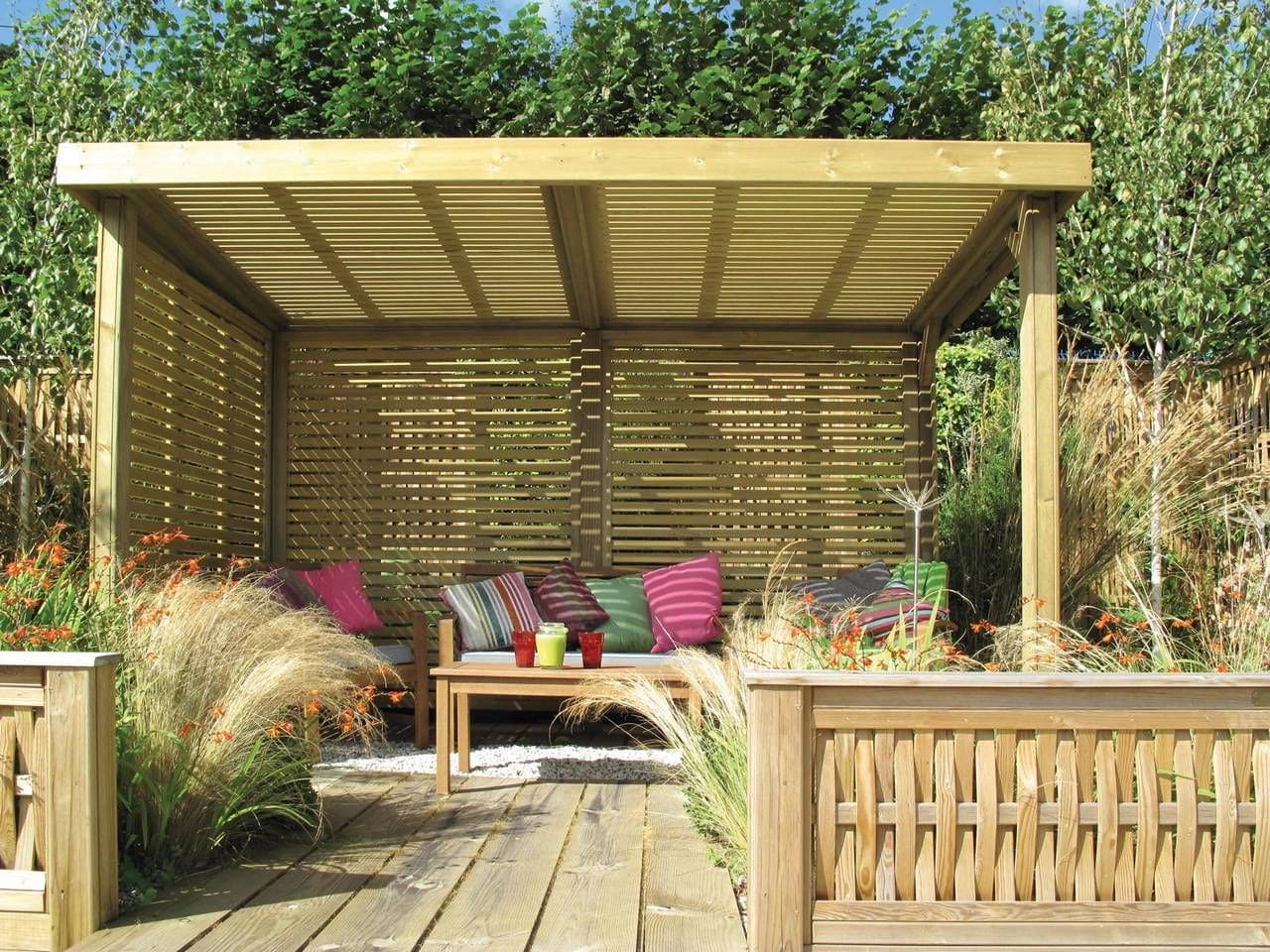
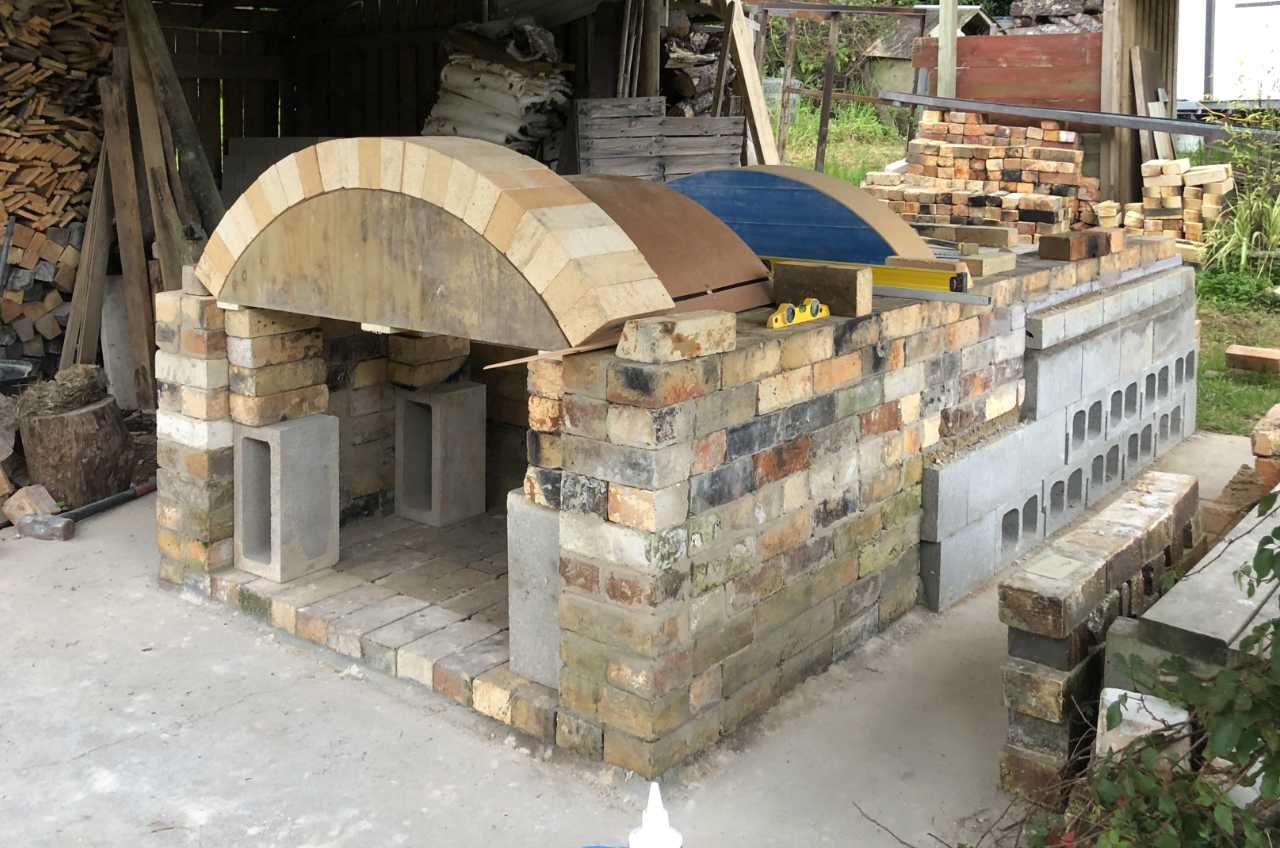
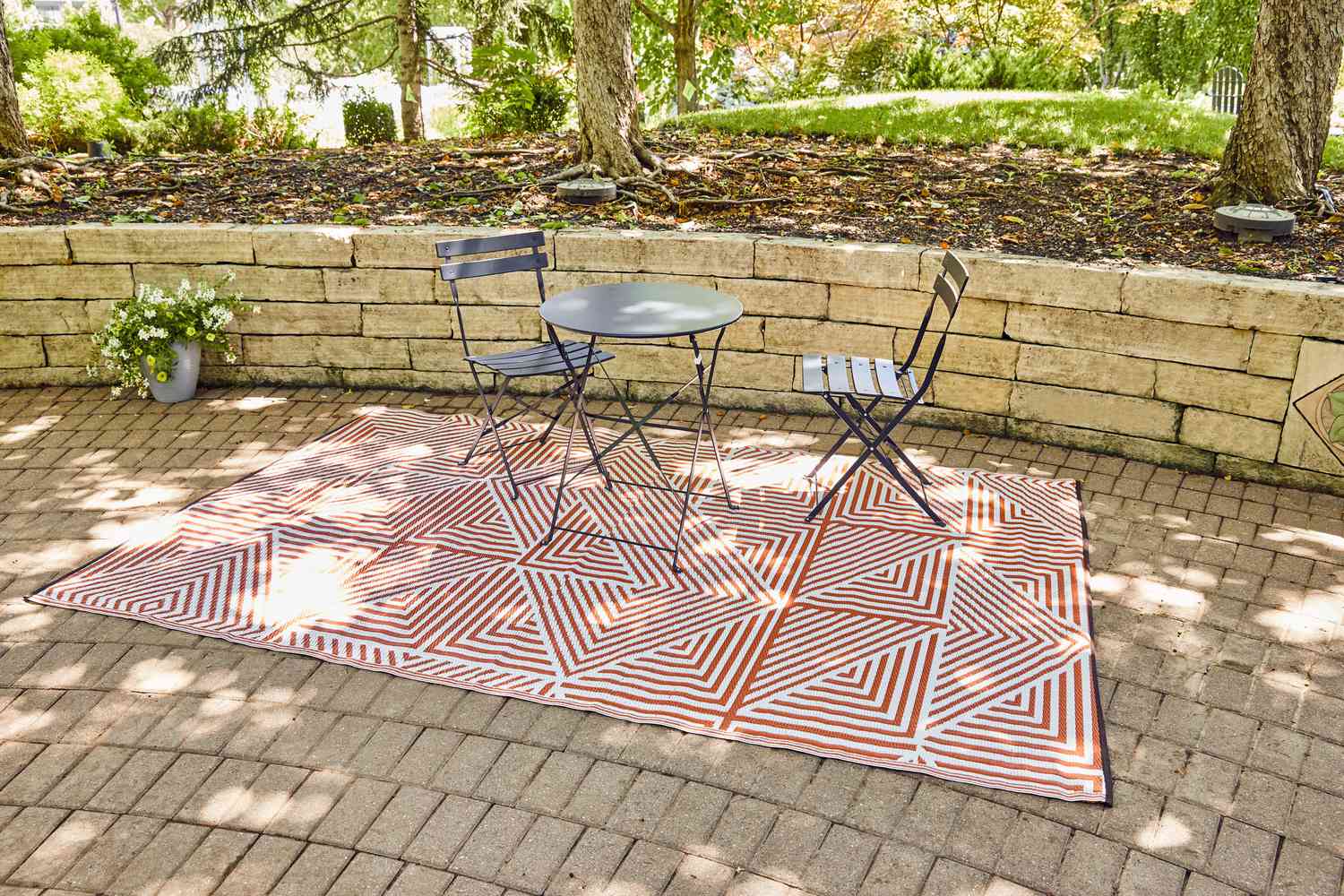
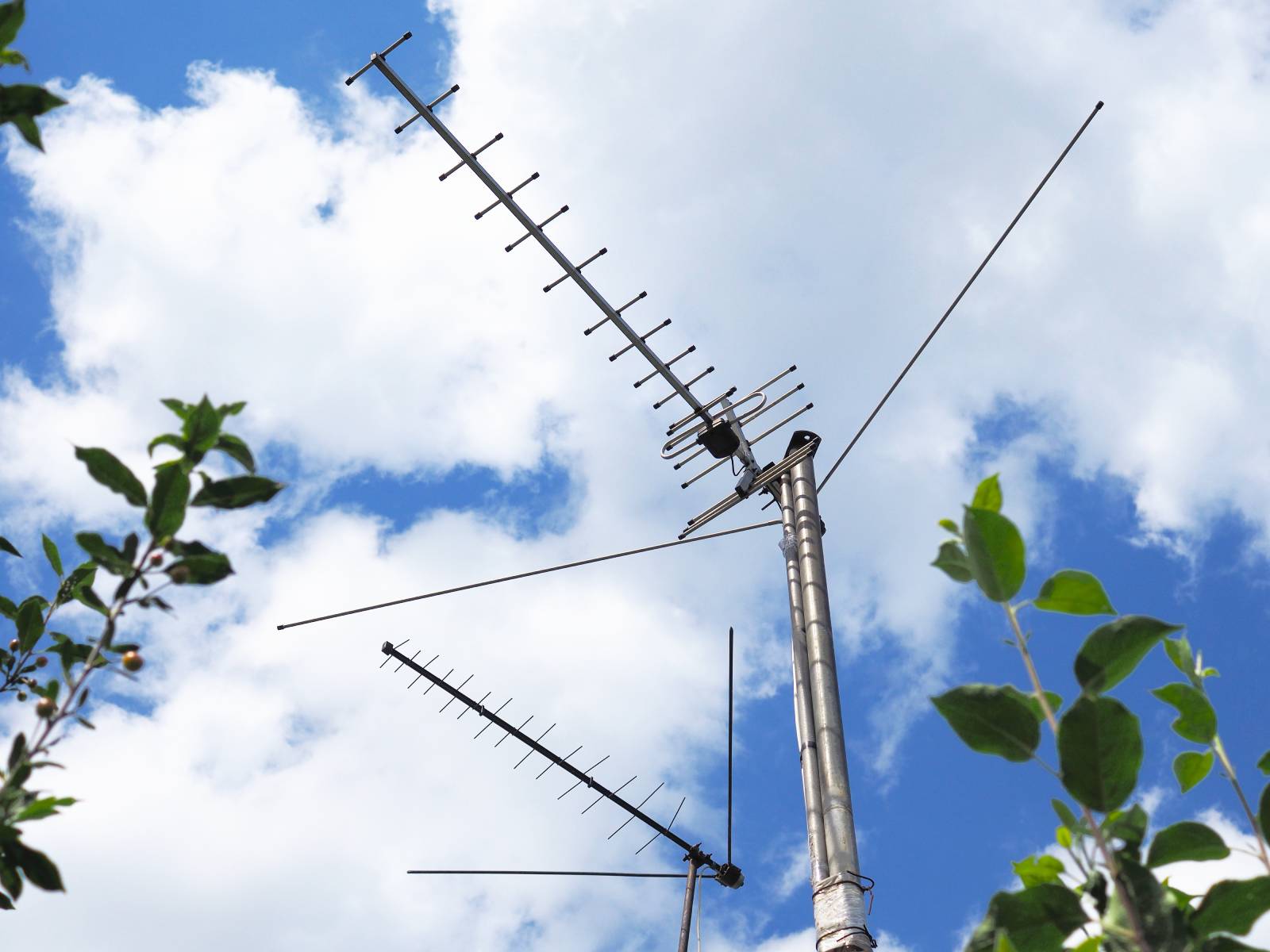
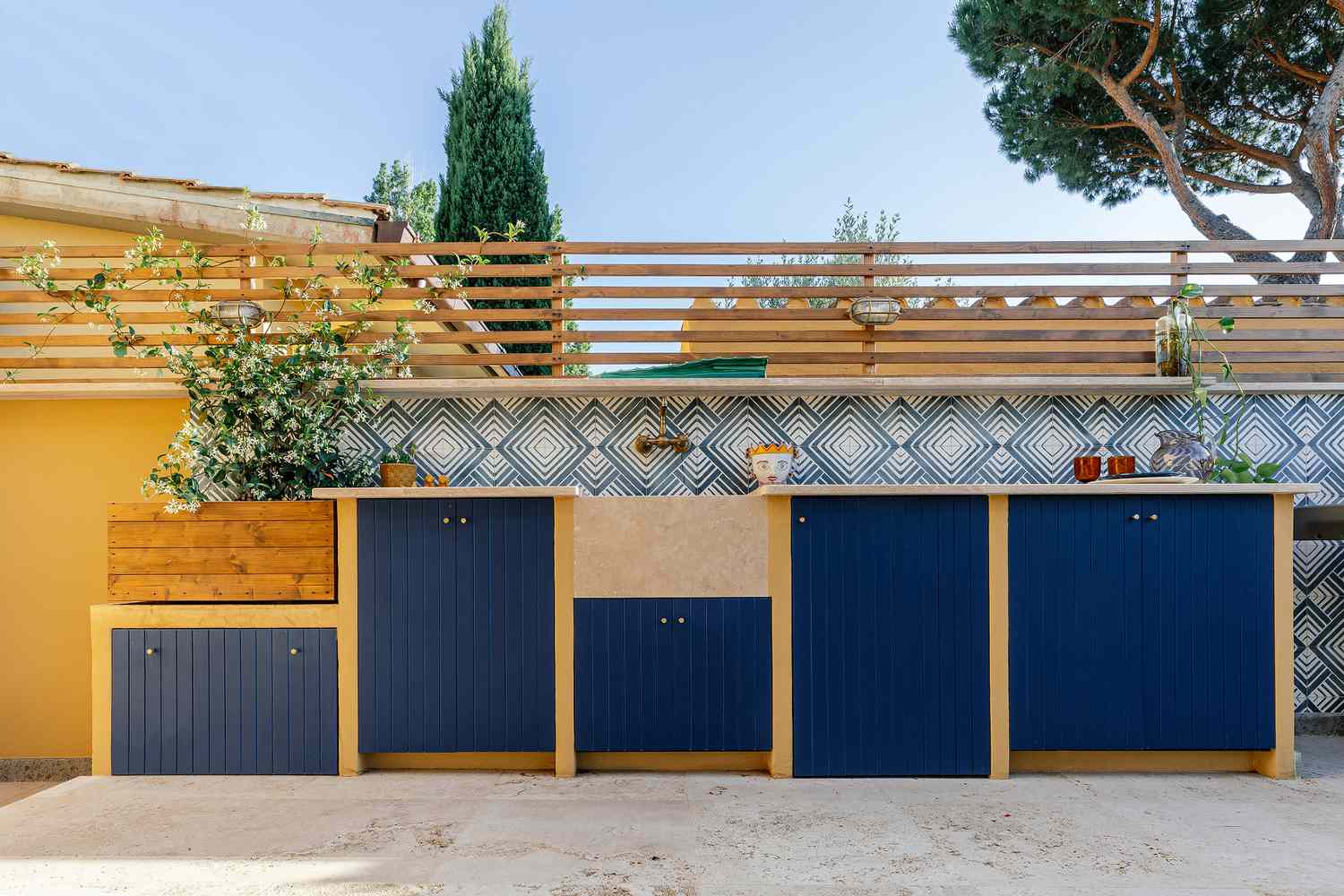
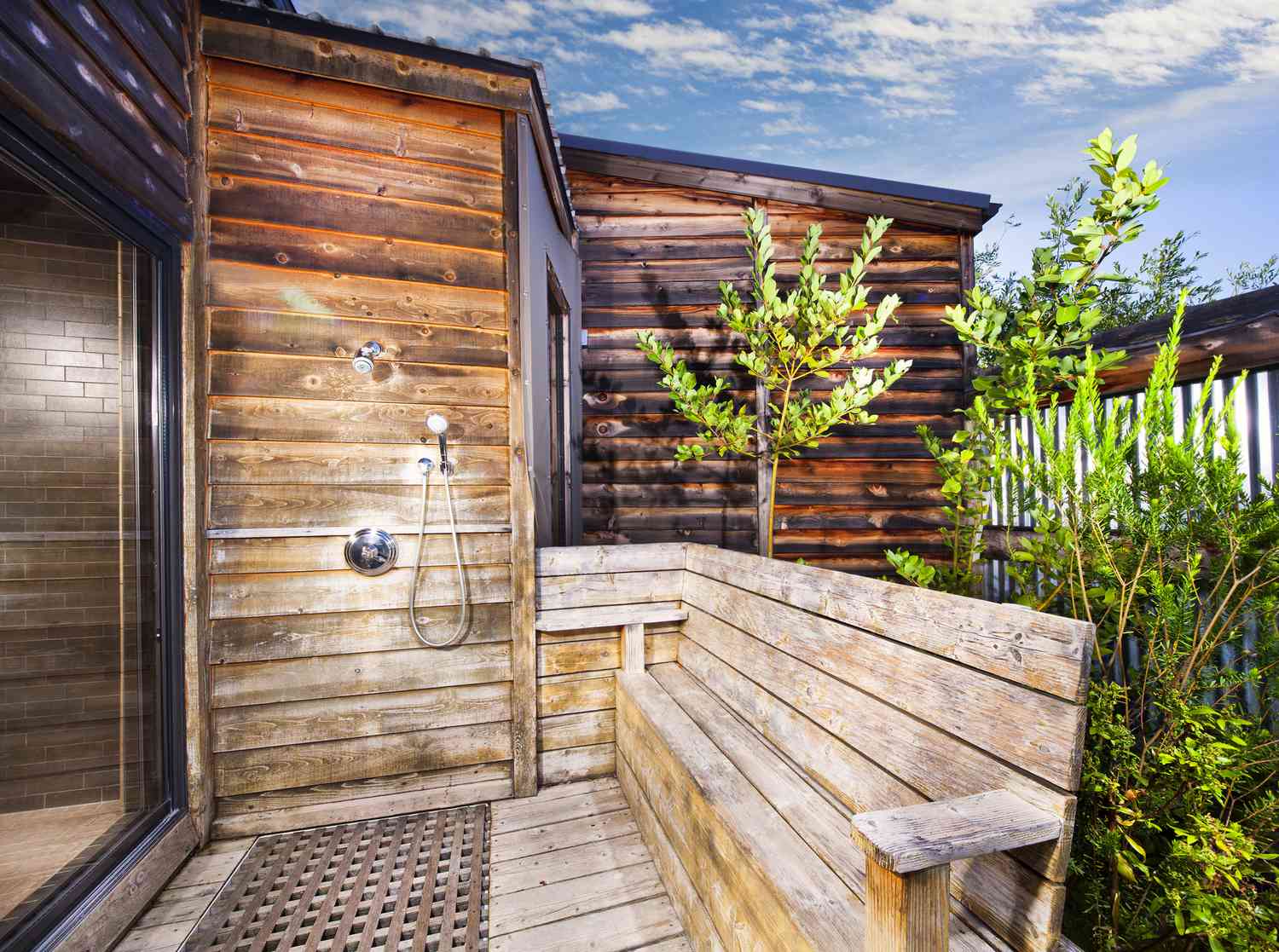

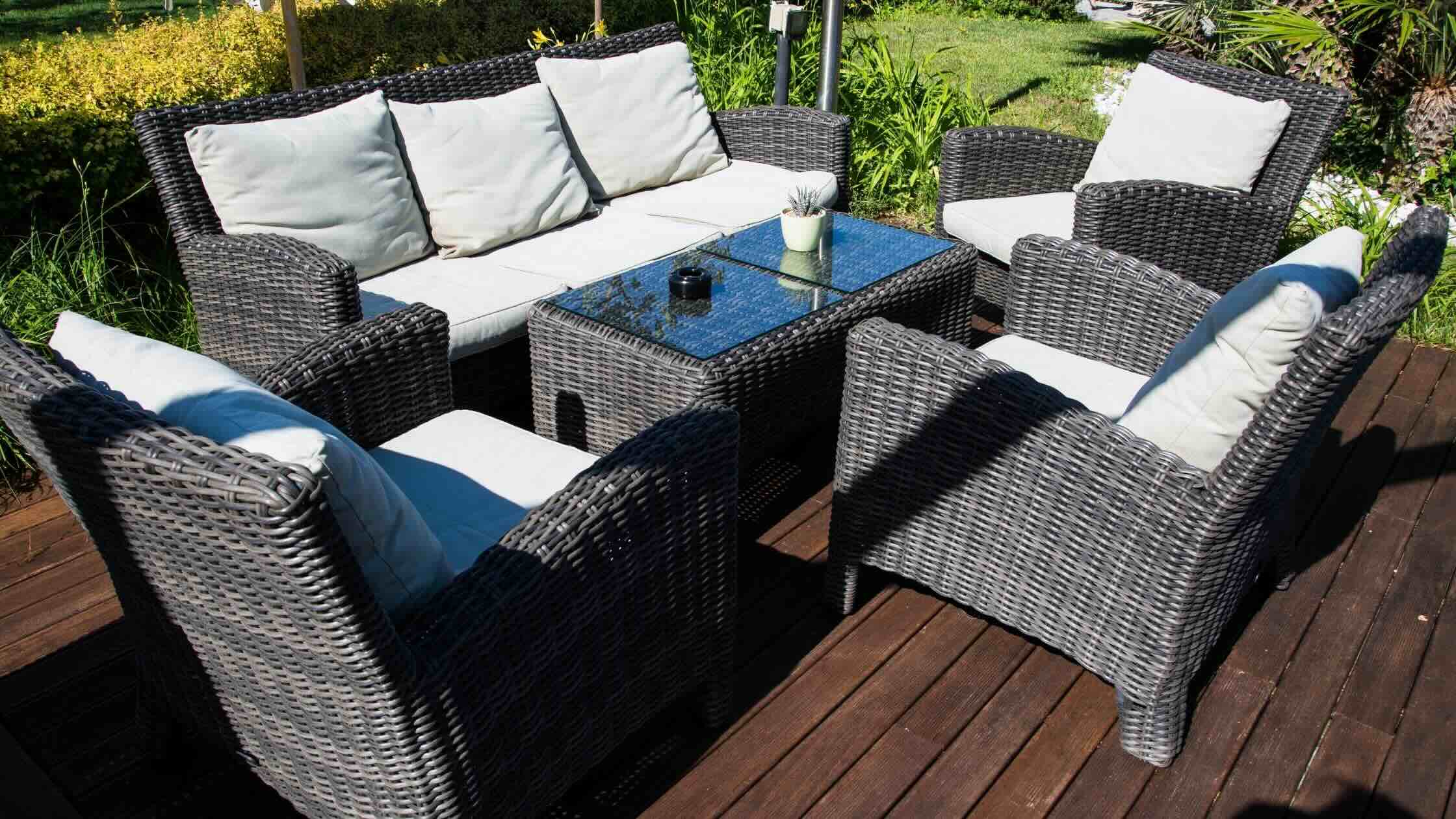


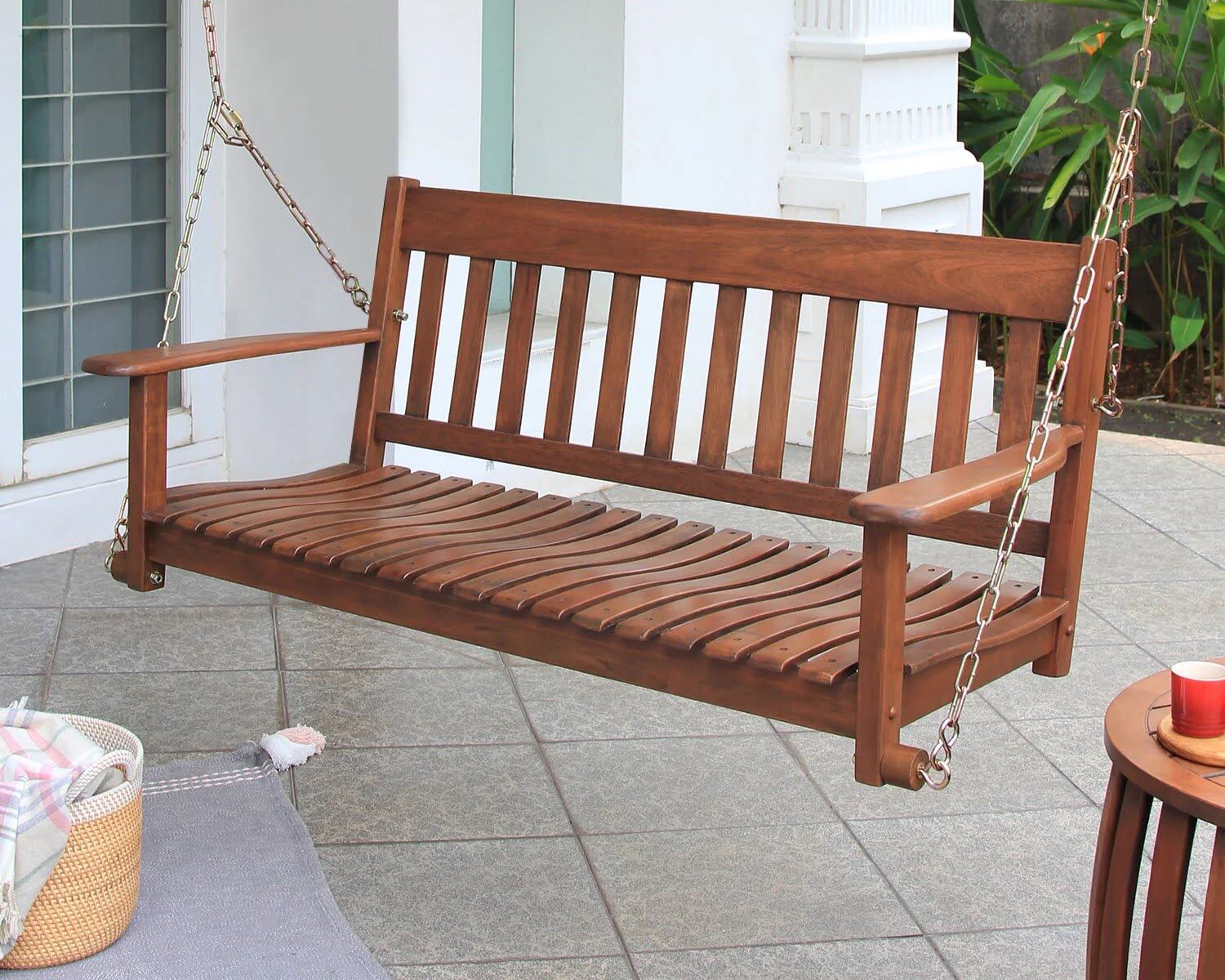
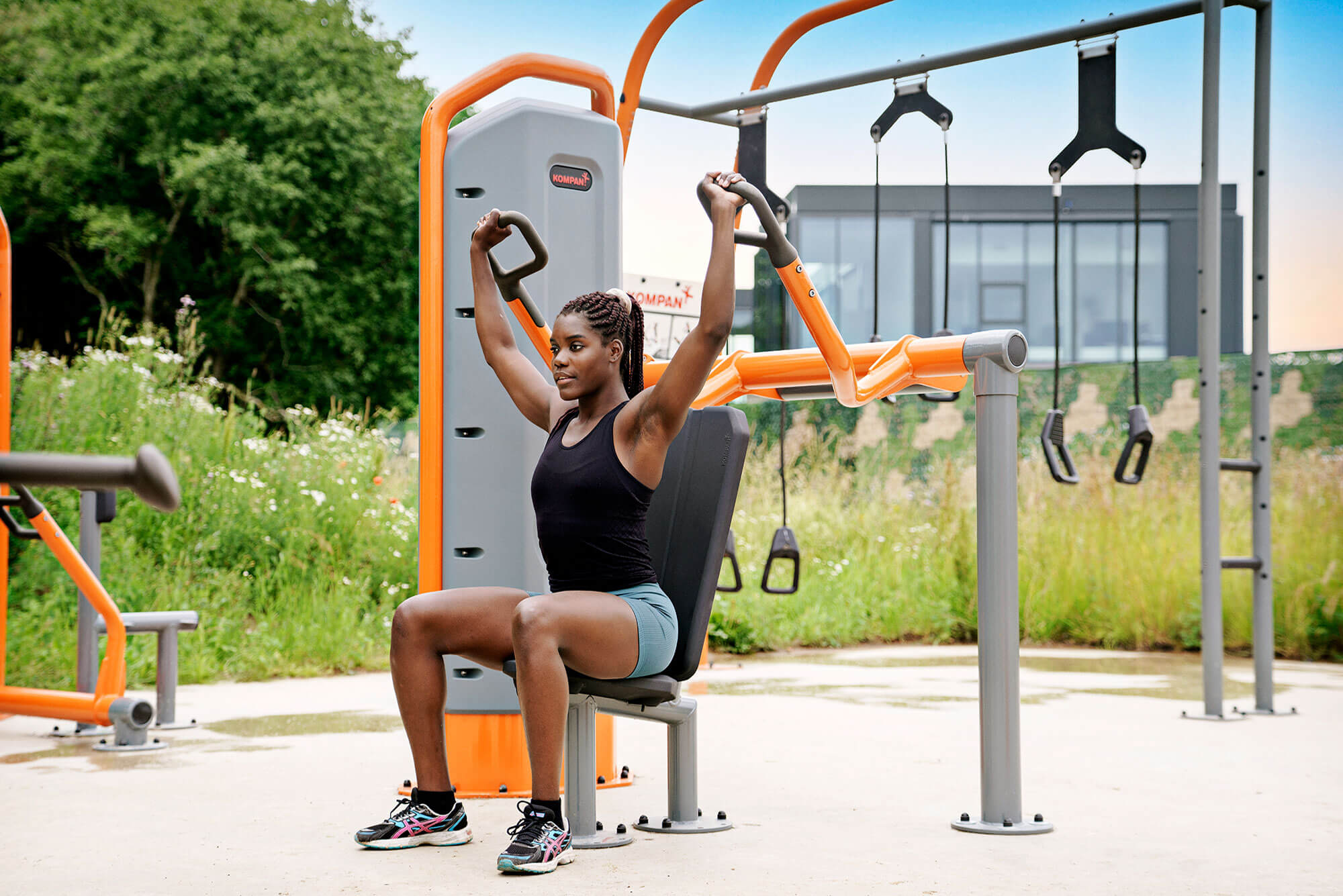
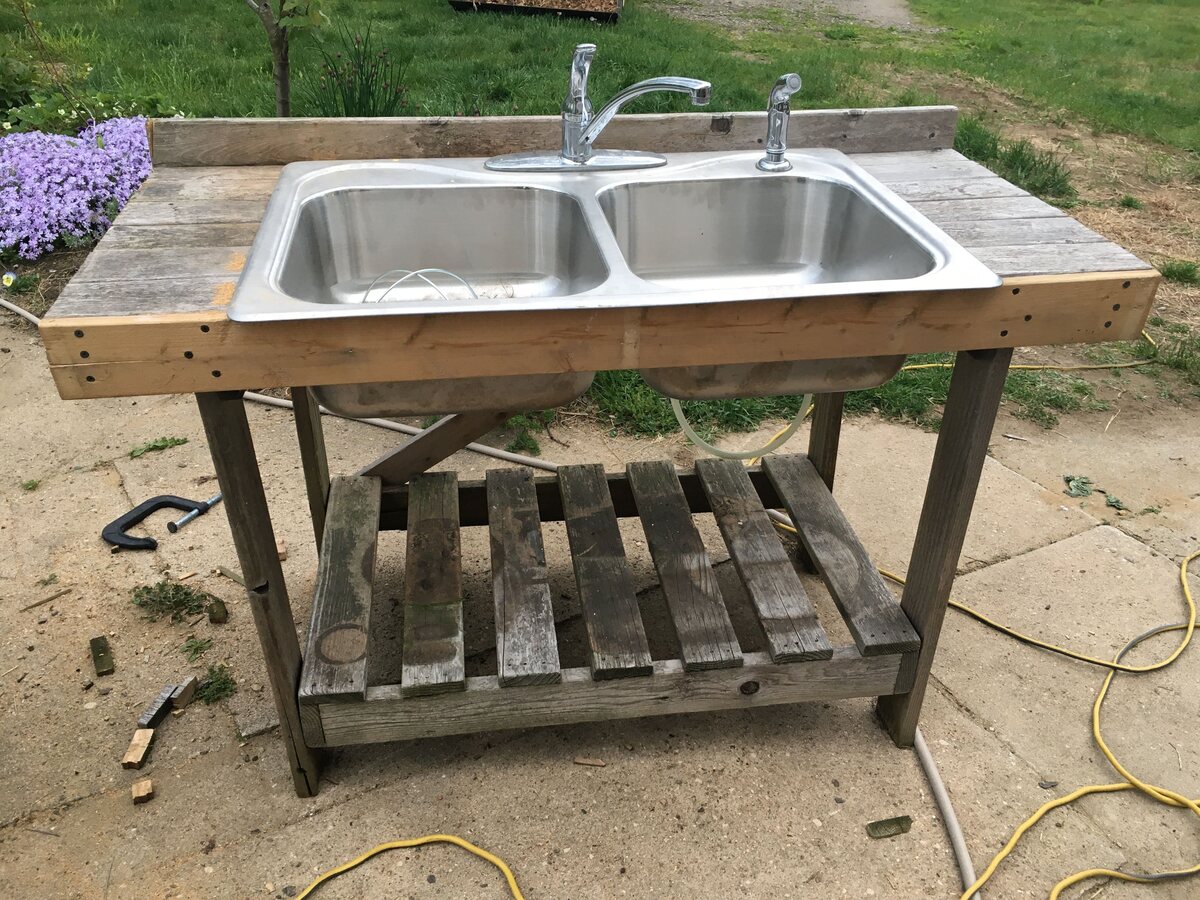


0 thoughts on “How To Build An Outdoor Toilet”